The Unseen Guardian: Why PVC Edge Banding is Revolutionizing Door Durability & Design (Shanghai Luyao Industry Co., Ltd.)
Imagine this: A beautifully crafted WPC door, a statement piece in a modern home. Yet, within a year, the edges begin to fray, discolor, or worse – swell and peel at the seams. The culprit? Compromised edge protection. This scenario underscores a critical, often overlooked, decision in door manufacturing: choosing the right edge banding. At Shanghai Luyao Industry Co., Ltd., a leading innovator in polymer solutions, we understand that the edge isn’t just a finish; it’s the vital armor protecting your door’s integrity. The question isn’t whether to use edge banding, but which material truly delivers unmatched performance for demanding door applications? The answer, increasingly validated by global manufacturers, lies in advanced PVC door edge banding.
PVC door edge banding stands as the superior protective and aesthetic solution for modern doors, particularly WPC, due to its exceptional moisture resistance, structural resilience, design flexibility, and long-term cost efficiency. Unlike traditional materials vulnerable to environmental stress, PVC forms an impermeable seal, safeguarding the door core from humidity, impacts, and daily wear. For manufacturers of entry doors, interior doors, cabinet doors, and specialized applications, PVC door edge banding translates directly to enhanced product longevity, reduced warranty claims, and the ability to offer visually stunning, durable finishes that meet evolving market demands. This article delves deep into the science, economics, and artistry behind this essential component.
1. Beyond the Seam: The Critical Role of PVC Door Edge Banding in Structural Integrity
The exposed edges of a door panel are its Achilles’ heel. Unprotected, the core material – whether solid wood, particleboard, MDF, or increasingly popular WPC (Wood Plastic Composite) – is directly vulnerable. Moisture ingress is the primary enemy. Ambient humidity, cleaning fluids, rain splatter (for entryways), or steam (bathrooms) relentlessly attack the porous edges. This leads to:
- Swelling: Causing warping, misalignment, and sticking doors. A 2023 industry survey by Door & Window Market Magazine indicated that edge-related swelling accounts for nearly 18% of warranty claims on mid-range interior doors.
- Delamination: Separation of veneers or surface finishes from the core, creating unsightly and structurally weak edges.
- Core Degradation: Especially critical for wood-based composites, moisture weakens the internal bonds, leading to crumbling edges and reduced load-bearing capacity. WPC, while more moisture-resistant than wood, still benefits significantly from a complete seal.
- Pathway for Formaldehyde Emission: Unsealed edges can allow VOCs (Volatile Organic Compounds), including formaldehyde from certain substrates, to escape into the living environment.
PVC door edge banding acts as an impermeable barrier. Its monolithic PVC structure, devoid of the microscopic capillaries found in wood or paper-based edges, fundamentally blocks water vapor and liquid penetration. Think of it as a continuous, flexible gasket fused to the door’s perimeter. At Shanghai Luyao, we engineer our PVC door edge banding formulations with precise additives to enhance this hydrophobic nature, ensuring long-term dimensional stability for the entire door assembly. The result? Doors that resist warping, maintain perfect alignment, and retain their structural integrity for decades, not years. This isn’t just about aesthetics; it’s about preserving the door’s core function and ensuring occupant safety and satisfaction.
2. The Science of Resilience: Deconstructing PVC’s Superior Material Properties for Doors
Understanding why PVC door edge banding outperforms alternatives requires delving into its material science. Polyvinyl Chloride (PVC) is a versatile thermoplastic polymer. Its inherent properties are then meticulously enhanced through compounding – the precise blending of base resin with specialized additives. Here’s what makes it uniquely suited for the rigors of door edges:
- Moisture Resistance (The Core Advantage): PVC molecules are non-polar and hydrophobic. Unlike wood or cellulose-based materials, they do not absorb water. Luyao’s formulations incorporate advanced hydrophobic modifiers and stabilizers, achieving water absorption rates below 0.1% (ASTM D570), effectively creating a watertight seal. This is non-negotiable for doors exposed to variable climates or humidity.
- Impact Resistance & Abrasion Tolerance: Doors face knocks, bumps, and constant friction. Pure PVC can be rigid. Luyao utilizes impact modifiers like CPE (Chlorinated Polyethylene) or acrylics within our PVC door edge banding, significantly enhancing toughness without sacrificing flexibility. Tests show Luyao edge banding withstands impact forces 50% higher than standard ABS alternatives and exhibits superior resistance to scuffing and scratching common in high-traffic areas.
- Thermal & Dimensional Stability: Doors experience temperature fluctuations. PVC has a low coefficient of thermal expansion. Combined with carefully selected mineral fillers (like precipitated calcium carbonate) in Luyao’s formulations, our banding maintains dimensional consistency across a typical operational range of -10°C to 60°C (14°F to 140°F), preventing unsightly gaps or buckling.
- UV Stability (Critical for Entry Doors): Exposure to sunlight can fade and degrade many materials. Luyao incorporates high-performance UV absorbers (e.g., Tinuvin types) and light stabilizers into our PVC door edge banding, particularly for exterior applications. Independent testing (ISO 4892-2) confirms colorfastness exceeding 7-8 on the Blue Wool Scale after 1000+ hours of accelerated weathering.
- Chemical Resistance: Cleaning agents, polishes, and atmospheric pollutants won’t degrade high-quality PVC banding. Luyao’s formulations resist common household alkalis, acids, and solvents, ensuring the edge appearance remains pristine.
3. A Palette Without Limits: Achieving Unprecedented Aesthetics with PVC Door Edge Banding
Gone are the days when edge banding was merely functional. Today, it’s an integral part of the door’s design language. PVC door edge banding offers unparalleled aesthetic versatility, empowering designers and manufacturers to create truly bespoke doors:
- Unmatched Color & Effect Range:
- Solid Colors: Achieve any RAL, Pantone, or custom color match with exceptional consistency batch-to-batch. Luyao’s advanced pigmentation ensures deep, saturated, fade-resistant hues – from classic whites and blacks to vibrant accent colors.
- Wood Grains: Sophisticated printing technology replicates the intricate details of over 200 wood species (Oak, Walnut, Maple, Teak, Ash, exotic woods) with astonishing realism, including texture and grain depth. Modern techniques like 3D embossing can even create a tactile wood-like feel.
- Metallics & Special Effects: Brushed aluminum, stainless steel, copper, pearlized finishes, and subtle matte or high-gloss textures are readily achievable. This allows seamless integration with metal door elements or creating striking contemporary contrasts.
- Consistency is King: Unlike natural wood veneer, which has inherent variations, PVC door edge banding delivers absolute uniformity across thousands of linear meters. This is crucial for large-scale production runs of identical doors or matching multiple doors within a project.
- Seamless Integration: Modern application techniques (hot air, laser) combined with high-precision PVC door edge banding profiles create near-invisible joints. The banding becomes a harmonious extension of the door surface, not an applied trim. This “carpenter-free” finish is a hallmark of quality.
- Texture Innovation: Beyond visual replication, surface textures can be engineered – smooth gloss for a sleek modern look, fine-line woodgrain embossing for authenticity, or even subtle leather-like textures for unique design statements.
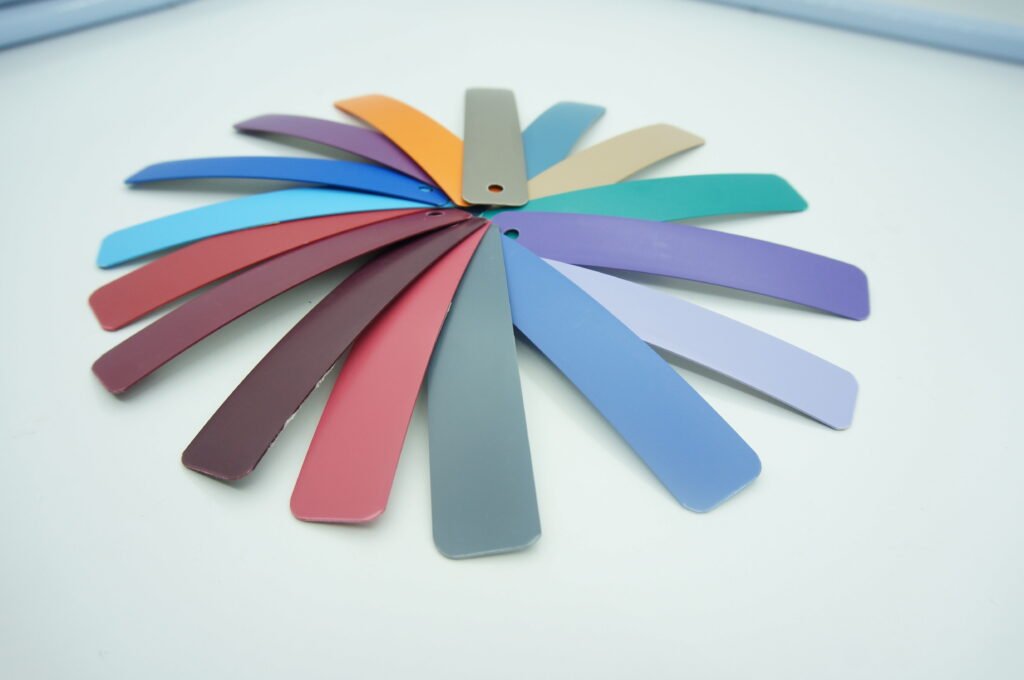
Luyao’s Design Partnership: We don’t just supply banding; we collaborate. Our design team works directly with door manufacturers to:
* Develop custom color matches for specific door finishes.
* Create unique wood grain patterns exclusive to a brand.
* Advise on trending textures and effects (e.g., the rising demand for ultra-matte “chalk” finishes in Europe).
* Provide comprehensive sample kits for designers and showrooms.
4. The Efficiency Equation: How PVC Edge Banding Streamlines Door Manufacturing & Lowers Costs
Profitability in door manufacturing hinges on efficiency and minimizing waste. PVC door edge banding delivers significant advantages throughout the production chain:
- Optimized Application Speed: PVC is ideally suited for automated edge banding machines. Its consistent thickness, flexibility, and thermal properties allow for:
- Faster Line Speeds: Modern machines applying Luyao PVC door edge banding can process door edges at 20-40 meters per minute, significantly outpacing manual veneer application or slower-setting alternatives.
- Reduced Rejects: Consistent material properties minimize glue application issues, bubbling, or poor adhesion leading to rework. Luyao’s strict tolerances (thickness +/- 0.05mm) ensure smooth feeding and bonding.
- Minimal Post-Processing: Trimming is fast and clean with sharp carbide tools. Often, a single pass suffices, unlike some materials requiring sanding or multiple trimming steps. Luyao formulations are optimized for clean trimming without “ghost lines” or chipping.
- Reduced Material Waste: Precisely manufactured rolls of PVC door edge banding generate significantly less scrap compared to cutting and fitting wood veneer or dealing with brittle alternatives.
- Lower Labor Costs: Automation reduces reliance on highly skilled craftsmen for edge finishing. Operators manage the machine process efficiently.
- Inventory Simplification: A single type of high-quality PVC door edge banding can often replace multiple veneer types and thicknesses, simplifying procurement and storage.
- Long-Term Cost Savings: While the per-meter cost of premium PVC might be comparable or slightly higher than basic veneer initially, the true savings emerge over time:
- Durability = Fewer Warranty Claims: Doors with Luyao banding resist edge damage, drastically reducing costly replacements or repairs.
- Reduced Downtime: Faster application and fewer rejects mean higher throughput.
- Lower Energy Consumption: Modern PVC edge banders using hot air or laser systems are generally more energy-efficient than older contact glue systems needed for some materials.
Luyao’s Efficiency Focus: We engineer our PVC door edge banding for manufacturability:
* Controlled Roll Tensile Strength: Prevents stretching or breaking during high-speed application.
* Optimized Glue Layer: Our precision-coated thermofusible glue (EVA or PVA based) activates quickly and bonds reliably to diverse substrates (WPC, MDF, Particleboard).
* Consistent Coil Winding: Ensures tangle-free feeding and reduces machine stoppages.
5. Building Responsibly: The Sustainability Case for Modern PVC Door Edge Banding
Sustainability is no longer optional; it’s a core manufacturing imperative. PVC door edge banding, when sourced and produced responsibly, presents a compelling environmental profile:
- Durability as Sustainability: The single most significant factor. A door lasting 20+ years instead of 10 due to protected edges means half the raw materials extracted, half the energy consumed in manufacturing, and half the waste sent to landfills over the product’s lifecycle. Luyao’s durable banding directly contributes to this longevity.
- Resource Efficiency: Modern PVC production is increasingly efficient. Luyao utilizes advanced polymerization and compounding processes minimizing raw material and energy consumption per kilogram produced. Our formulations incorporate recycled calcium carbonate fillers where technically feasible without compromising performance.
- Recyclability: PVC is technically recyclable. Luyao actively participates in and promotes take-back schemes for post-industrial waste (PIR) – trimmings, off-cuts, and defective rolls generated during door manufacturing. This material is processed into high-quality recyclate (rPVC) suitable for non-critical applications, reducing virgin resource demand. We are actively researching closed-loop recycling for post-consumer sources.
- Reduced VOC Emissions: High-quality PVC door edge banding itself emits negligible VOCs. The thermofusible glues used in application are typically solvent-free (unlike some contact adhesives for veneers), significantly improving indoor air quality (IAQ) during manufacturing and in the final installed product.
- Lightweighting: PVC banding is significantly lighter than solid wood edge treatments. This reduces transportation fuel consumption and associated emissions throughout the supply chain.
- Addressing Legacy Concerns: Luyao is committed to responsible chemistry:
- Heavy Metal-Free Stabilizers: We exclusively use Calcium-Zinc (CaZn) or organically based stabilizers, eliminating lead and cadmium historically used in PVC.
- Phthalate-Free Plasticizers: For any flexible components, we utilize non-phthalate alternatives like DINCH, DOTP, or polymeric plasticizers meeting stringent EU REACH and US CPSC regulations.
Luyao’s Green Commitment: Sustainability is integrated into our operations:
* ISO 14001 Environmental Management System certified.
* Investment in energy-efficient manufacturing equipment.
* Transparent reporting on recycled content utilization and waste reduction targets.
* Collaboration with suppliers committed to responsible sourcing.
6. Selecting the Optimal PVC Edge Banding: A Manufacturer’s Guide for Door Applications
Choosing the right PVC door edge banding is crucial. Consider these factors to match the banding perfectly to your door type and production needs:
- Door Type & Environment:
- Exterior Entry Doors: Prioritize maximum UV resistance (Luyao LY-UVShield), high impact resistance, and broad temperature tolerance. Thickness: 0.8mm – 2.0mm for robust protection.
- Interior Passage Doors: Focus on aesthetics, consistency, and good impact resistance. Standard UV protection is usually sufficient. Thickness: 0.5mm – 1.0mm often balances cost and performance.
- Bathroom Doors: Essential: Superior moisture resistance. Consider anti-microbial treated options (available upon request). Aesthetics matching wet-area cabinetry.
- Cabinet Doors (Kitchen/Bathroom): High aesthetics (perfect color/grain match), moisture resistance, heat resistance near appliances, and cleanability. Thickness: 0.4mm – 1.0mm common.
- High-Traffic Commercial Doors: Maximum abrasion and impact resistance (Luyao LY-ImpactPro), potentially thicker profiles (1.0mm+).
- Substrate Material: Ensure the banding’s glue layer is optimized for your core (WPC, MDF, Particleboard, Solid Wood). Luyao offers substrate-specific adhesive formulations.
- Design & Aesthetic Requirements: Match color, grain, texture, and gloss level precisely. Utilize Luyao’s custom matching service for unique projects.
- Production Method: Confirm compatibility with your edge banding machine (hot air, laser, contact roller) and required line speed. Luyao provides technical datasheets detailing application parameters.
- Thickness & Profile: Standard thicknesses range from 0.4mm to 2.0mm. Profile (e.g., square, rounded, T-molding) depends on the desired visual and functional edge. Discuss options with Luyao’s technical team.
- Regulatory Compliance: Ensure the banding meets relevant fire safety (e.g., ASTM E84 Class A/B), indoor air quality (e.g., CARB Phase 2, TSCA Title VI, E1), and chemical restriction (RoHS, REACH SVHC) standards for your target markets. Luyao provides comprehensive compliance documentation.
Luyao’s Partnership Approach: We don’t just sell; we consult. Our technical sales team assists in:
* Substrate & Application Analysis: Recommending the optimal banding type and glue.
* Sample Production: Testing banding on your actual door panels.
* Machine Parameter Optimization: Fine-tuning settings for flawless application with our materials.
* Regulatory Guidance: Navigating complex global standards.
7. Shanghai Luyao: Engineering Excellence in PVC Door Edge Banding Solutions
For over 18 years, Shanghai Luyao Industry Co., Ltd. has been at the forefront of polymer profile innovation, specializing in high-performance PVC door edge banding solutions trusted by leading door manufacturers worldwide. Our commitment is simple: Empowering your door manufacturing excellence through superior edge protection.
Why Partner with Luyao?
- Relentless R&D: Dedicated laboratory continuously advancing PVC formulations, adhesive technologies, and decorative techniques (e.g., our proprietary “TrueGrain HD” printing process).
- Precision Manufacturing: State-of-the-art extrusion lines with laser gauging and automated control systems ensuring micron-level tolerances and batch-to-batch consistency.
- Rigorous Quality Control: From raw material inspection (ISO 9001 certified) to final product testing (Adhesion Peel Strength – EN 1392, Dimensional Stability – ISO 4590, Colorfastness – ISO 105-B02, Impact – ASTM D5420), quality is embedded in every step.
- Global Compliance Expertise: Products consistently meet or exceed international standards (CE, CARB, REACH, RoHS, FSC-controlled wood for printed papers).
- Responsive Customization: Extensive standard portfolio + dedicated capability for custom colors, grains, thicknesses, and special formulations (UV, Impact, Anti-microbial).
- Sustainable Manufacturing: Commitment to reducing environmental footprint through resource efficiency, PIR recycling, and responsible chemistry.
- Global Logistics Network: Reliable, timely delivery supported by strategic warehousing.
Luyao: Your Trusted Edge Partner. We understand the unique pressures and opportunities in door manufacturing. Our PVC door edge banding isn’t just a component; it’s a critical investment in the quality, durability, beauty, and profitability of your doors. From standard solutions to cutting-edge custom developments, Luyao provides the technological edge you need to compete and win in the global marketplace.
Sealing the Future of Doors with PVC Edge Banding
The evidence is compelling. Choosing PVC door edge banding is not merely a finishing step; it’s a fundamental decision impacting the core value proposition of the door itself. Its unparalleled moisture barrier is the primary defense against warping and degradation. Its engineered resilience withstands daily impacts and abrasion that compromise lesser materials. Its vast aesthetic potential unlocks design freedom previously unattainable with traditional options. The manufacturing efficiencies it introduces – from faster line speeds to reduced waste and lower long-term warranty costs – directly enhance profitability. And crucially, modern, responsibly produced PVC aligns with the sustainability demands of regulators and consumers alike.
For door manufacturers seeking to elevate their product quality, expand design possibilities, streamline production, and build a reputation for lasting value, PVC door edge banding is the unequivocal technical and strategic choice. At Shanghai Luyao Industry Co., Ltd., we are committed to being more than a supplier; we are your innovation partner, providing the advanced PVC door edge banding solutions engineered to protect your doors and secure your success in an increasingly competitive global market. The future of durable, beautiful doors is sealed with PVC. Are you ready to embrace it?
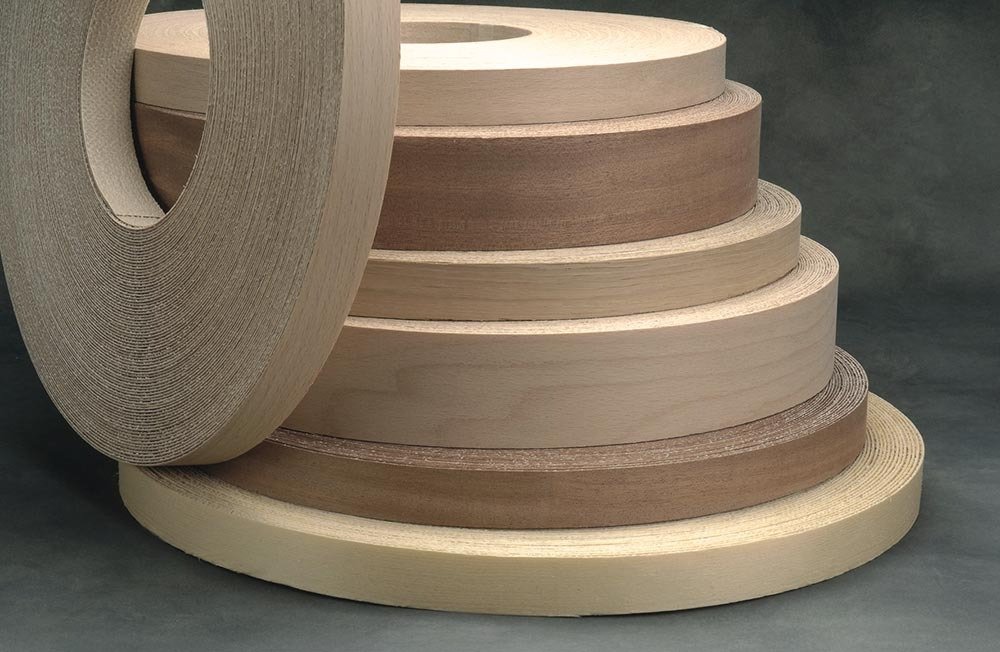
Contact Shanghai Luyao Industry Co., Ltd. today
Discuss how our PVC door edge sealing solutions can transform your door manufacturing process. Request samples, explore customization options, and experience the Luyao difference in quality and partnership.



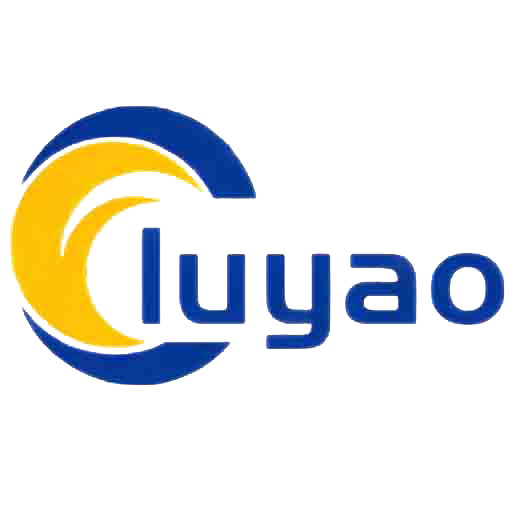


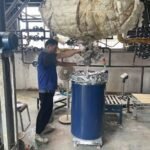
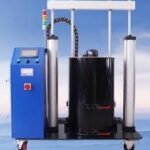
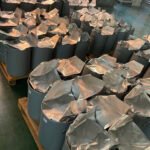
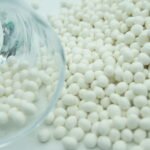

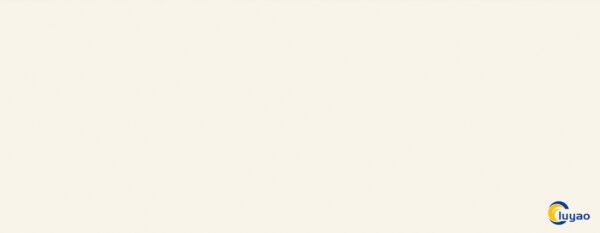


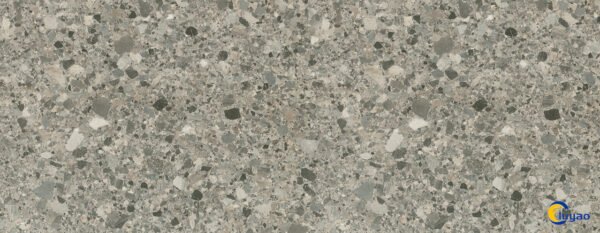





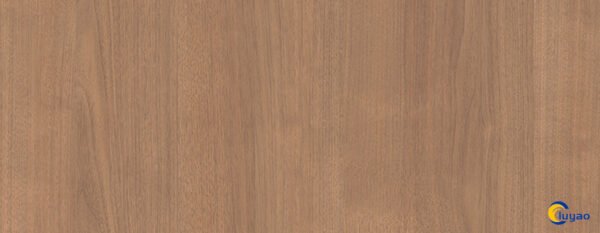


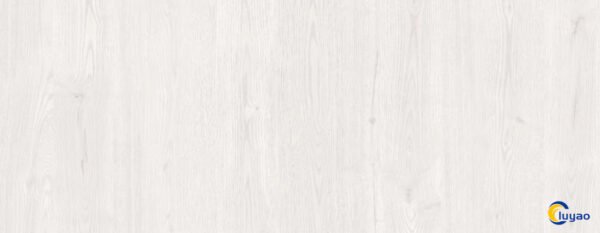
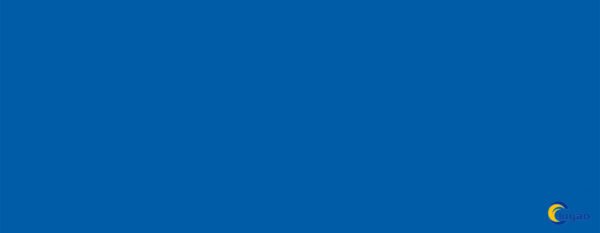





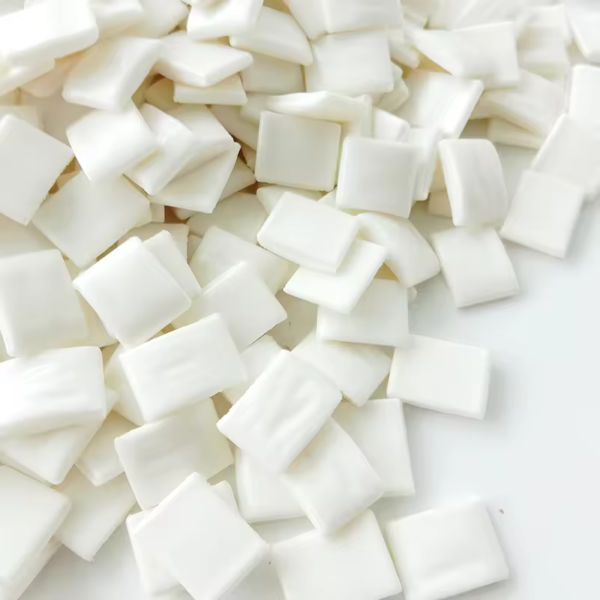

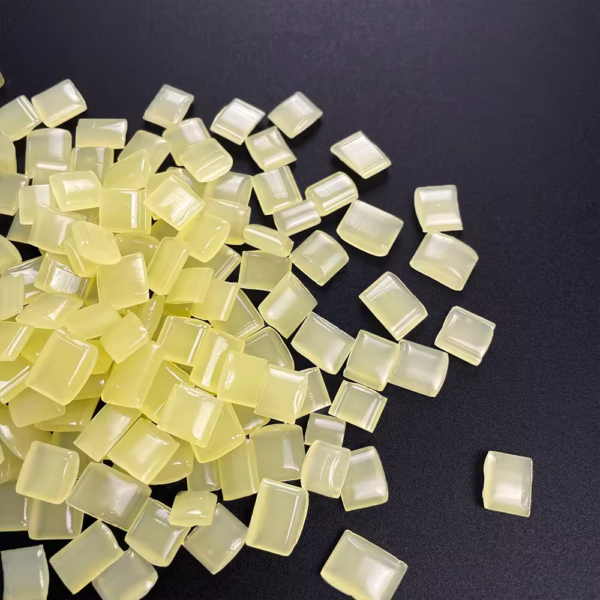

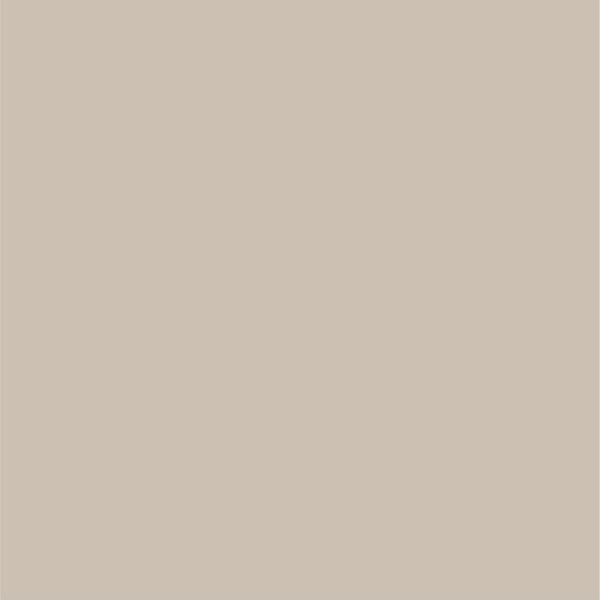
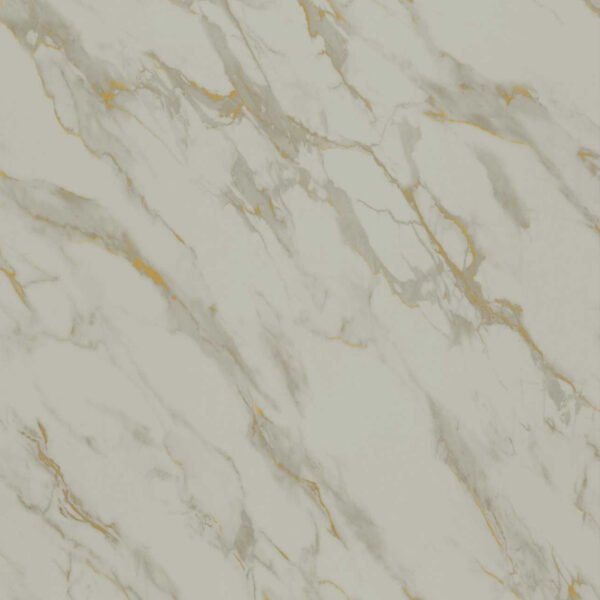
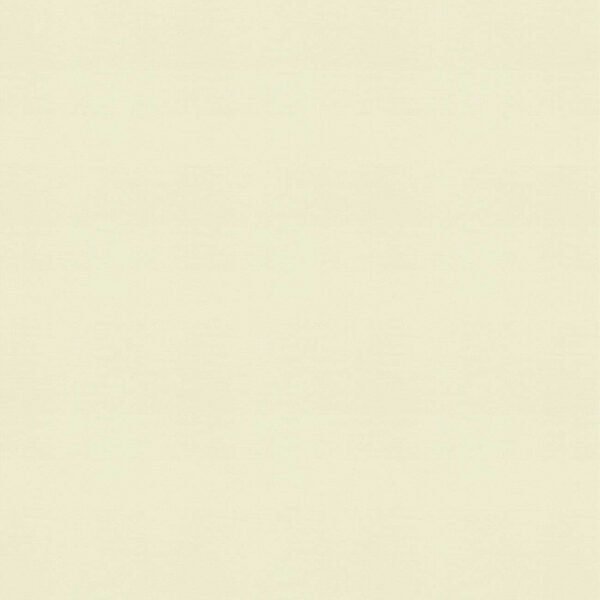
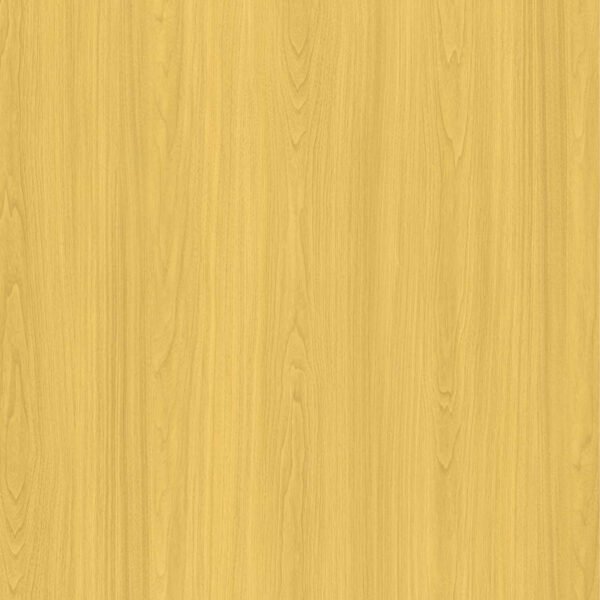


Leave a Reply